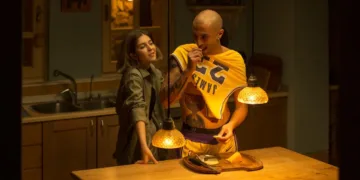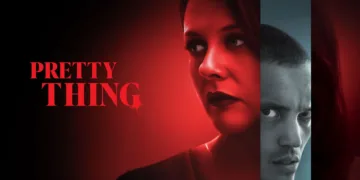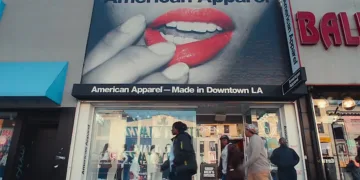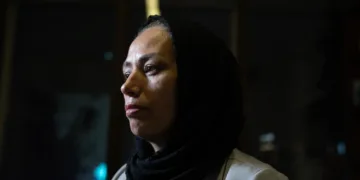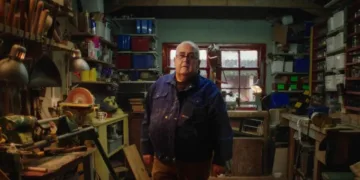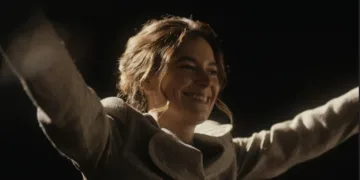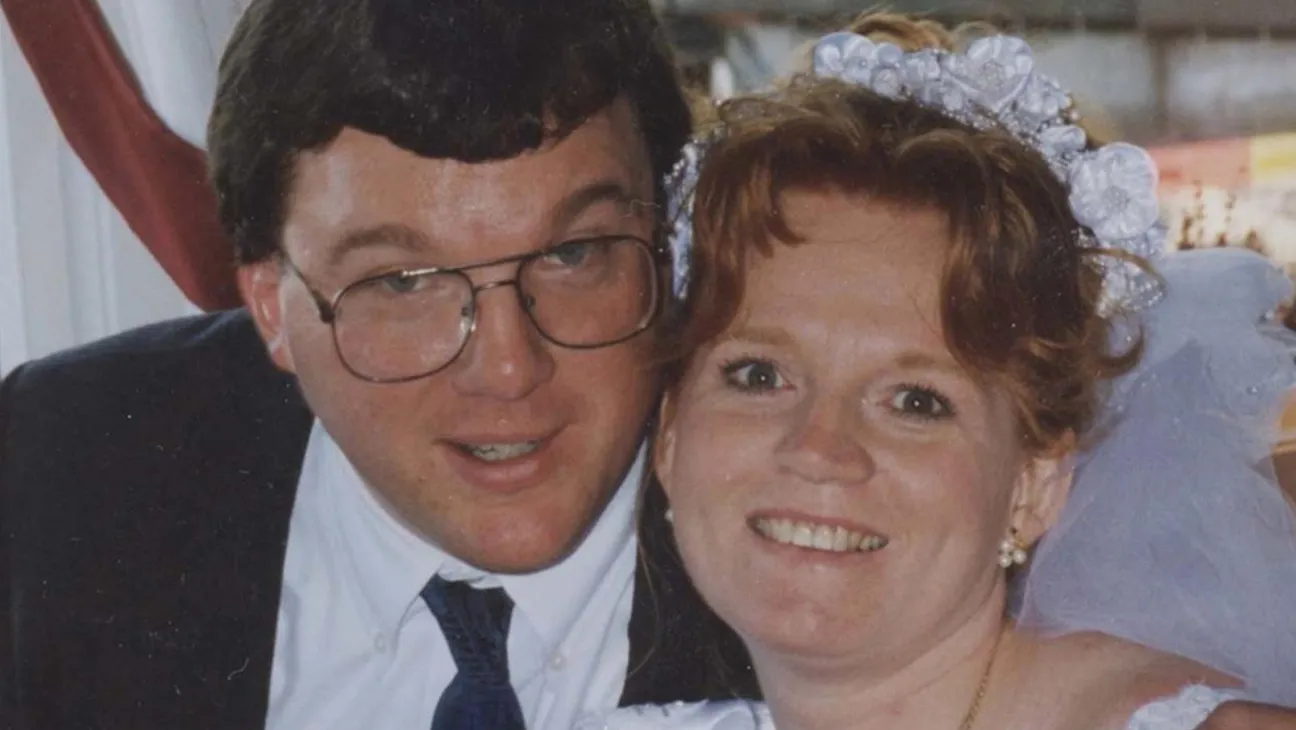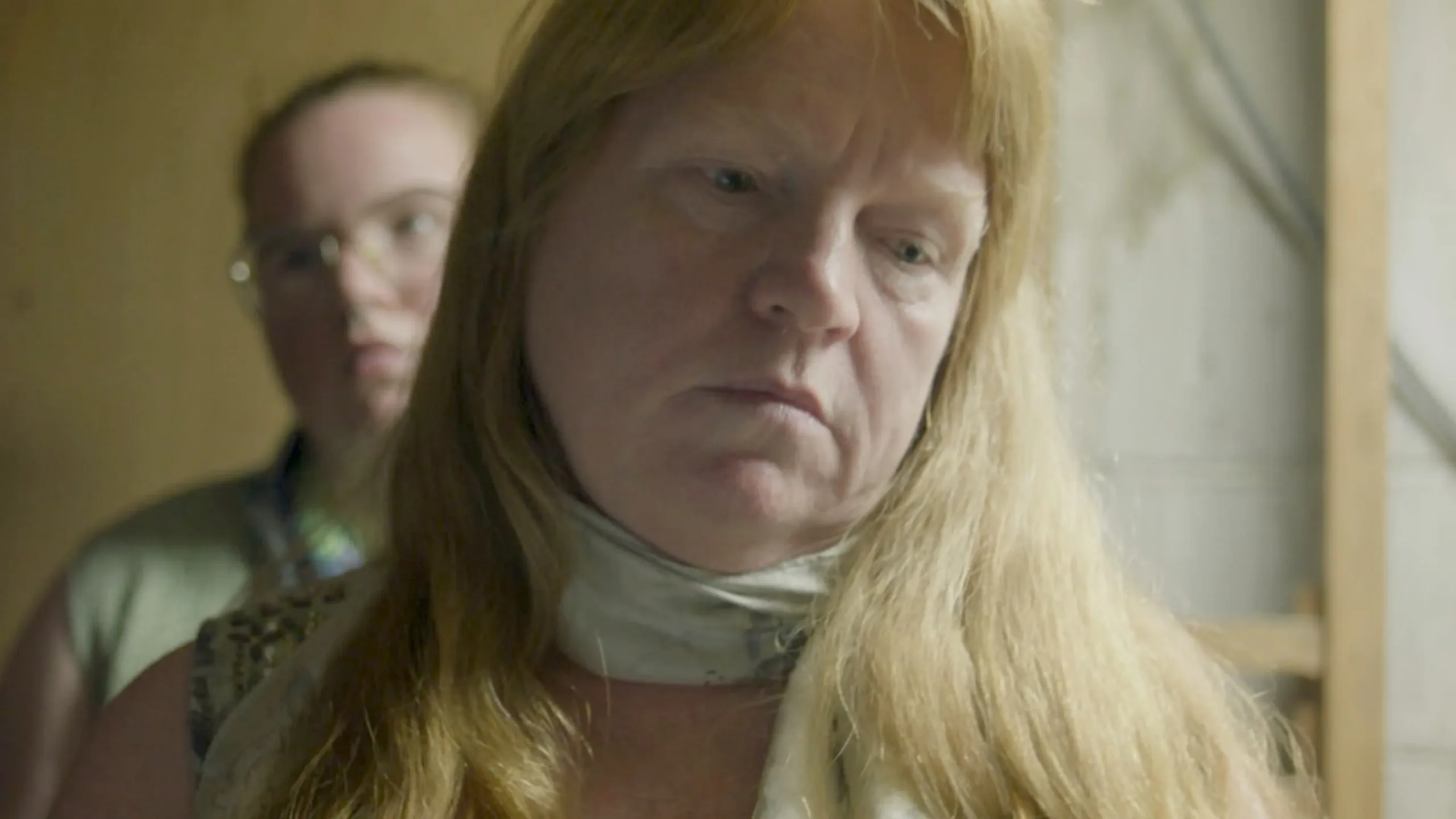The Gilgo Beach murders existed for years in that strange American purgatory reserved for unsolved horrors—a macabre local legend that felt both terrifying and abstract. Then, in 2023, the abstraction took the form of Rex Heuermann, an architect commuting from a quiet Long Island suburb. The monster, it turned out, might have been the man next door all along.
This docuseries, The Gilgo Beach Killer: House Of Secrets, understands that the arrest was not an end but a different, more unsettling beginning. Its project is not to re-litigate the evidence but to commit a form of journalistic home invasion. It takes us past the police tape and into the living room, granting astonishing access to Heuermann’s wife, Asa Ellerup, and daughter, Victoria.
The series isn’t asking if he did it; it poses a far more disquieting question: what is it like to discover that the foundation of your entire world, the very house you live in, may be built upon a charnel ground?
The Procedural Prelude
The series presents its narrative in a stark, bifurcated fashion. The first hour is a meticulous, almost sterile, recitation of the case. We are walked through the grim discovery of the victims known as the “Gilgo Four,” the painstaking police work involving burner phones and digital breadcrumbs, and the perspectives of the officers and reporters who lived with this case for a decade.
It’s a familiar catechism for any true-crime viewer. Just when the litany of facts risks becoming rote, the filmmakers deploy their trump card. The episode ends, and Asa Ellerup sits for her interview. This structural gambit is quite effective.
By immersing us first in the cold, awful reality of the crimes, the subsequent entry into the Heuermann household feels electric with tension. Every mundane object, every defensive statement, is supercharged with the grim knowledge we were just given. It is a calculated manipulation, forcing the viewer to be both detective and unwilling houseguest.
A Duet of Denial and Dread
The true subject of the series is the Heuermann home itself, presented here as an archaeological dig into a family’s psyche. What the cameras find is a landscape of profound chaos—a direct result of a police raid, yes, but the sheer volume of piled-up belongings suggests a deeper, pre-existing state of disorder.
We are guided through this domestic wreckage, a physical manifestation of secrets and deferred questions, with the infamous soundproof basement door looming as a monolithic symbol.
The human drama is a fractured duet between mother and daughter. Asa Ellerup presents a portrait of steadfast loyalty, a performance of spousal defense that is both riveting and deeply perplexing. Her recollections of her husband are sentimental, almost stubbornly normal.
Set against this is the painful awakening of their daughter, Victoria. The series captures her tectonic shift in consciousness, a slow-motion confrontation with evidence that compels her to admit her father is likely the killer. It is a moment of raw, unproduced agony.
This dynamic—a mother clinging to the past and a daughter forced to accept a horrific future—is the series’ devastating emotional core. It’s a powerful study of the human capacity to see, or to refuse to see, what is right in front of us.
An Artifact of an Unfinished Calamity
Most true-crime documentaries are autopsies. They arrive after the story is over, neatly arranging the facts in retrospect. This series is something else entirely: a live document from the middle of an explosion.
Filmed while the legal proceedings are active and public opinion is still molten, the narrative has no neat resolution. It feels less like a finished film and more like a collection of volatile, immediate evidence.
This lack of a clean ending is its most challenging and honest attribute. The show offers no catharsis because none is yet available. Instead, it provides access and then withdraws, leaving the audience in a state of agitated contemplation.
We are shown the raw reactions of a family as their reality is dismantled in real time, transforming the viewing experience from a passive consumption of story to an active observation of trauma. The series becomes a time capsule, preserving the precise moment of impact before the historical dust has even begun to settle.
The Gilgo Beach Killer: House of Secrets is a three-part true-crime documentary series that premiered on June 10, 2025, on Peacock.
Full Credits
Director: Jared P. Scott
Writers: Jared P. Scott
Producers and Executive Producers: Curtis “50 Cent” Jackson, Jared P. Scott, Texas Crew Productions, Pantheon Media Group, New York Post Entertainment
The Review
The Gilgo Beach Killer: House Of Secrets
While its deliberate pacing may test some, The Gilgo Beach Killer: House Of Secrets transcends standard true-crime fare. It succeeds not as an investigation into the crimes, but as a deeply unsettling portrait of a family imploding in real time. The unprecedented access to the Heuermann household and the raw, conflicting testimonies of the suspect's wife and daughter make for compelling, if uncomfortable, viewing. It is a raw, unresolved document of a modern American horror story as it continues to unfold, leaving the viewer with profound questions about denial, loyalty, and the darkness that can hide in plain sight.
PROS
- Unprecedented and intimate access to the accused's family.
- The powerful, contrasting emotional arcs of the wife and daughter.
- A unique, present-tense feel as it documents an unfinished story.
- Thought-provoking exploration of domestic denial and complicity.
CONS
- The initial procedural-heavy episode feels slower than the rest of the series.
- The lack of a definitive conclusion may leave some viewers unsatisfied.
- Its tight focus on the family means less depth on other case aspects.
















